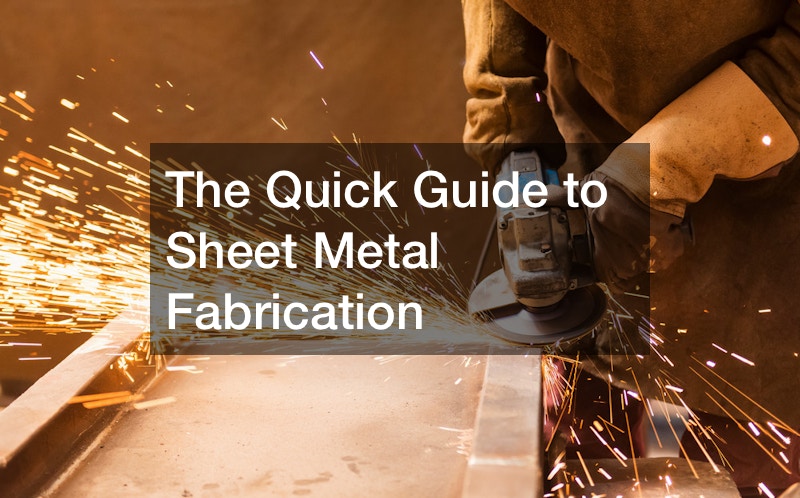
Sheet metal services can help transform flat metal sheets into various components and structures. Here’s a quick guide to understanding the fundamentals of sheet metal fabrication.
Create a detailed design and plan for your desired sheet metal product. Consider dimensions, material selection, tolerances, and specific functional or aesthetic requirements.
Collaborating with a skilled sheet metal fabricator during the design phase can ensure optimal results.
Choose the appropriate type of sheet metal for your project based on its properties, such as strength, corrosion resistance, and formability. Common sheet metal materials include stainless steel, aluminum, copper, and carbon steel. Consult with your fabricator to determine the best material for your specific application.
Cutting and shaping the sheet metal is a critical step in fabrication. Techniques like laser cutting, shearing, or punching may be necessary. Press brakes or rolling machines are then employed to bend or form the metal per the design specifications.
Assembling various components and joining them together is essential in sheet metal services. Common methods include welding, riveting, soldering, or using adhesives. The choice of joining technique depends on factors like the material type, strength requirements, and the desired aesthetic appearance.
You may apply certain finishing processes to enhance the durability and visual appeal of the fabricated product. These may include deburring, sanding, polishing, or applying protective coatings like paint or powder coating. Surface treatment options improve the sheet metal’s resistance to corrosion and wear.
.


